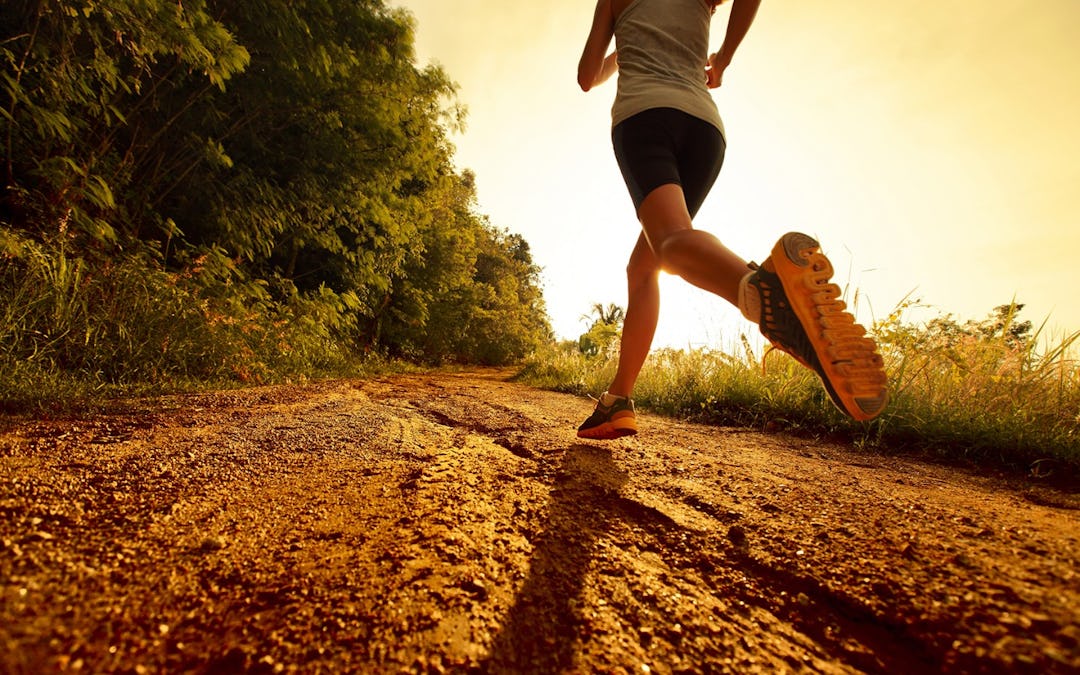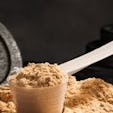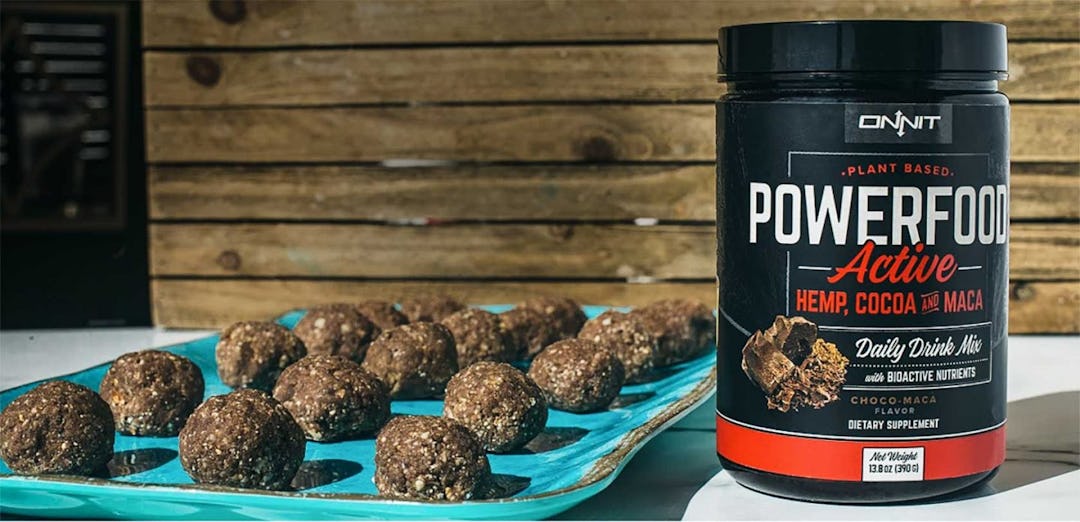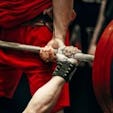In a perfect world, every step of a runner’s mile would be 100% pain free. No Runner’s Knee, no Tendonitis, and no hamstring issues. But the reality is that pain, limitations, and tightness throughout the body are universal problems for nearly all runners. Excessive sitting and lack of movement, coupled with artificial attempts to “get in shape” (e.g. running on the treadmill) without a proper plan tend to make these problems worse.
But it doesn’t have to be this way. If you have issues, you can change it, and if you are feeling fine right now, you can work on preventing problems as best you can. You just need the right information. That’s why we’ve made this guide for you. In this guide, we’ll go through the 5 common areas runners tend to have the most problems with:
1. Spine
2. Hips
3. Shoulders
4. Knees
5. Feet & Ankles
In each section, we’ll give you an overview of that problem area, what can go wrong in that problem area, and finish off with some exercises you can practice to address your issues.
Problem #1: The Spine
Running is an activity involving repeated stress and impact over a long duration. Anyone who has an underlying lower back problem can find that running or jogging worsens the pain, which can lead to additional types of pain, weakness or numbness.
It would be far too complicated to describe every structure and function in the whole back. And, the truth is, for most people, more details wouldn’t really be much more helpful than just saying that strength and flexibility in this region is necessary for proper functioning in everything we do each day of our lives.
The muscles throughout the back are classified in layers, with the deepest ones being the multifidus – small postural and stability muscles – in the “groove” of the spine, providing stability and information. In the more shallow layers, there are the trapezius (upper, middle, and lower), latissimus dorsi, rhomboids, and “erector” muscles which connect the spine to our arms and legs.
Our back and pelvis are literally the base for all movement in our bodies, and we are made most aware of this when we have back problems and attempt the simplest tasks.
Lower back or or spinal pain can come on quickly if you run too far of distances before warming up. It can come in a variety of different strains, spasms or more seriously, radiating pain such as sciatica or radiculopathy.
How to Alleviate Lower Back Pain
Try this warm-up before your next run to alleviate some of the tension in your lower back and prevent any further injury.
Problem #2: The Hips
Hip alignment issues are of the major causes of hip pain during and after running. If left untreated, it can lead to injury. There are numerous potential drivers of alignment issues, as problems tend to propagate to the hips.
It’s difficult to exaggerate the importance of hip flexibility and strength for running. The hips provide most of the incredible power and force that our lower body can generate for running and jumping, and deficiencies in strength and flexibility in this area of the body can mean the difference between a winning performance or a painful end to the game.
Beyond athletic activities, though, issues with your hips can negatively impact your daily life.
The two primary complaints when it comes to the hip are:
1. Muscle strains (in the hamstrings, hip adductors, flexors), due to unfamiliar exertion or overuse, with the root cause of poor movement patterns as a result of deficient strength, flexibility, and/ or coordination
2. Hip tightness
Perhaps it’s because of all the sitting we do, in our cars, at our desks at work, and on the couch plopped in front of the TV, but we lose a lot of the natural hip flexibility we had as children.
Unless your day job has you squatting and twisting on a regular basis, it’d do you well to take your hips through a much greater range of motion than is needed for your daily tasks alone.
How to Alleviate Hip Pain
So, you know by now that, to build the healthiest hips possible, they need to be both strong and flexible – one or the other won’t cut it.
In this video, I’ll show you some flexibility variations to improve these attributes.
These exercises will help you address the various weaknesses and inflexibilities that tend to build up over years of misuse and poor movement patterns.
Problem #3: The Shoulders
If you are experiencing aching or cramping of your shoulder muscles during running, you may need to check your running form. Or it could be an underlying problem in your shoulder girdle.
The two most common causes of shoulder pain are:
1. Impingement – Repetitive irritation of structures under the acromial “roof” and the head of the humerus.
2. Tendonitis – Literally inflammation of the tendon. If symptoms don’t subside with rest (~2 weeks), this indicates a continued stress on the tissue is continuing the inflammatory response.
There are a variety of causes of the impingement syndrome from muscle strength and flexibility imbalances, capsular tightness, neurological effects and so on, but the global end result is the irritation of tendons, bursa and other tissue causing inflammation and pain.
The shoulder girdle is a very complex and overwhelming area of the body, and all the problems and issues that can occur with even just one structure not doing its job.
Virtually all of our upper body muscles converge with the shoulder in some way and their interrelationship is key for optimal shoulder health and performance.
Though the causes and solutions to shoulder problems are certainly complex, especially when considering the contributions of the spine and even hips and lower body, it basically boils down to poorly coordinated movement at the shoulder.
There are three major issues that can cause shoulder pain – issues with flexibility, strength, and/or motor control. This video will help you address each of these issues.
How to Alleviate Shoulder Pain
The above video offers some tips and tactics for improving your shoulder flexibility and motion.
The goal isn’t necessarily to stretch a particular muscle, but to open your shoulders into new positions that allow a freer movement pattern.
Problem #4: The Knees
As the name suggests, runner’s knee is a common ailment among runners. But it can also strike any athlete who does activities that require a lot of knee bending – like walking, biking, and jumping. It usually causes aching pain around the kneecap.
Runner’s knee isn’t really a specific injury. It’s a loose term for several specific disorders with different causes. Knee pain, whether minor or major, is a common problem that interferes with our enjoyment of many aspects of our lives.
We get a lot of feedback and questions from clients regarding current and past issues with their knees and how to best accommodate these injuries while training. Your knees can be more prone to problems when the connections from the hip to your lower limbs aren’t coordinating as well as they should.
Knee issues can be fairly complicated and have a variety of separate and intermingling causes, but we can break down basic knee issues into three major causes:
1. Lack of strength
2. Lack of flexibility
3. Poor movement technique
The Cliff Notes Version to Alleviate Knee Pain Immediately
#1 Address Your Strength
Focus on improving your quadriceps and calf strength, especially eccentric contraction control.
Focus on improving your hip extension and rotation strength to correctly activate the hips as the prime movers in jumping and running.
A simple change in the way you allow your foot to move and rotate while you move can prevent a lot of knee injuries.
#2 – Improve Your Flexibility
Identify and improve the specific limiting motions of the hip and leg to decrease repetitive and acute forces at the knee. (We’ve got just the thing for that.)
#3 – Adjust Your Movement Technique
Change your movement patterns in your twisting and lateral motions to decrease stress at the knee.
These basic changes will do wonders for addressing the majority of knee problems that afflict weekend warriors and professional athletes alike. I won’t guarantee that this will cure 100% of you, but it’s a solid start.
How to Alleviate Knee Pain
A phenomena that I see often in the clinic in acute (single incident trauma) knee issues are the “non-contact” injuries where the problem wasn’t from being tackled or even falling, but from excessive forces at the knee from poor movement patterns, I.E. running.
In the short video above, I illustrate the rotation and lateral bending forces upon the knee that result from a fixed foot and hip.
Problem #5: Feet & Ankles
You might be able to run through a tight hamstring or a sore quad, but an injured foot or ankle usually throws the brakes on a workout – sometimes for an entire week.
Our feet and ankles are very important, considering we couldn’t stand, walk, run, or roundhouse kick someone in the face without them. Unfortunately, our lower limbs tend to be neglected unless something goes wrong.
Strong and flexible feet, ankles, and calves provide our base for stable movement, and are essential for performing our daily activities without pain or strain. It’s easy to see the complexity of large and small muscles and joints working together to keep us upright and walking, as well as running, jumping, and balancing.
The coordination and differentiation of all these possible movements is key to foot and ankle control, and to moving freely and gracefully through your feet. It’s also likely why we hear so many complaints about stiff ankles and feet. If the smaller muscles are too weak to support your foot and ankle, your body reacts by increasing the tension where it can, in the bigger muscles. The tightness in the calf and ankle is then a protective mechanism that stretching may help a bit, but improved control and strength in the foot would solve.
Another common issue people experience is collapsed arches in the feet. This is caused by poor mobility in the midfoot, along with weak posterior tibialis and intrinsic muscles. With improved mobility and strength in these areas, the arches should correct themselves over time.
How to Alleviate Feet & Ankle Pain
The exercises we show here have an emphasis on active movement in various angles and ranges of motion.
A lot of people don’t fully explore the movement our feet and ankles are capable of, and this results in stiffness and weakness. The first step is knowing that it is actually possible to move this way, and the next and best step is to practice!

)





